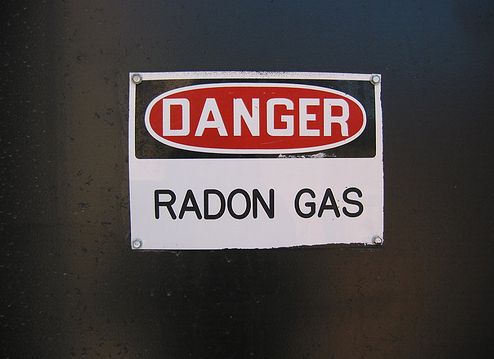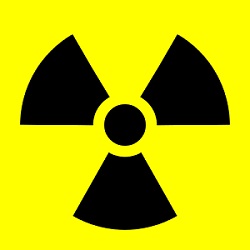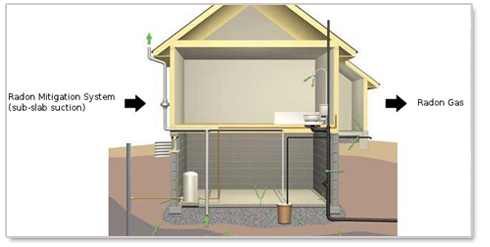Take Action Against Radon in January
The governor of Iowa, Terry Branstad, has formally declared that January will become Radon Action Month. The state of Iowa is known for its high and even dangerous levels of radon in its homes and the governor wants to bring attention to it. Radon is a radioactive, odorless, colorless, and tasteless gas that comes from the decomposition of uranium in the earth.
Radon enters homes through the foundation. It can seep through cracks and other small openings. High levels of radon gas in a home can eventually lead to health issues such as lung infections and even lung cancer. It is known to be the second leading cause of lung cancer, right behind smoking cigarettes. It is the leading cause of lung cancer in nonsmokers.
So, how do you know if your Iowa home has dangerous levels of radon gas? Radon testing is a relatively inexpensive way to know if your home’s radon levels are too high. These tests can and should be performed in homes, businesses, and schools. According to the EPA, 50% of Iowa homes have elevated radon levels. It is likely that your home has high levels of radon. The EPA has stated that any home with a 4.0 pCi/L or higher is in danger. Get your home tested today. Make sure your future is safe.
Radon Testing and Mitigation in Iowa
If you order a test and find that your home or business has a hazardous level of radon gas, radon mitigation is your best bet to get rid of it. Radon mitigation is a series of vents and fans that can be installed into your home or business to rid the space of radon gas. Ameriserv of Iowa can offer both radon testing and radon mitigation for your Iowa home. We are a business that specializes in radon. We are a skilled and experienced team of professionals, so make sure to contact us today for all your radon testing and mitigation needs. Our service area covers all of Iowa. Give us a call! We want to see all of Iowa with safe homes. Take action against radon today!
 Our Response to COVID-19
Our Response to COVID-19 


